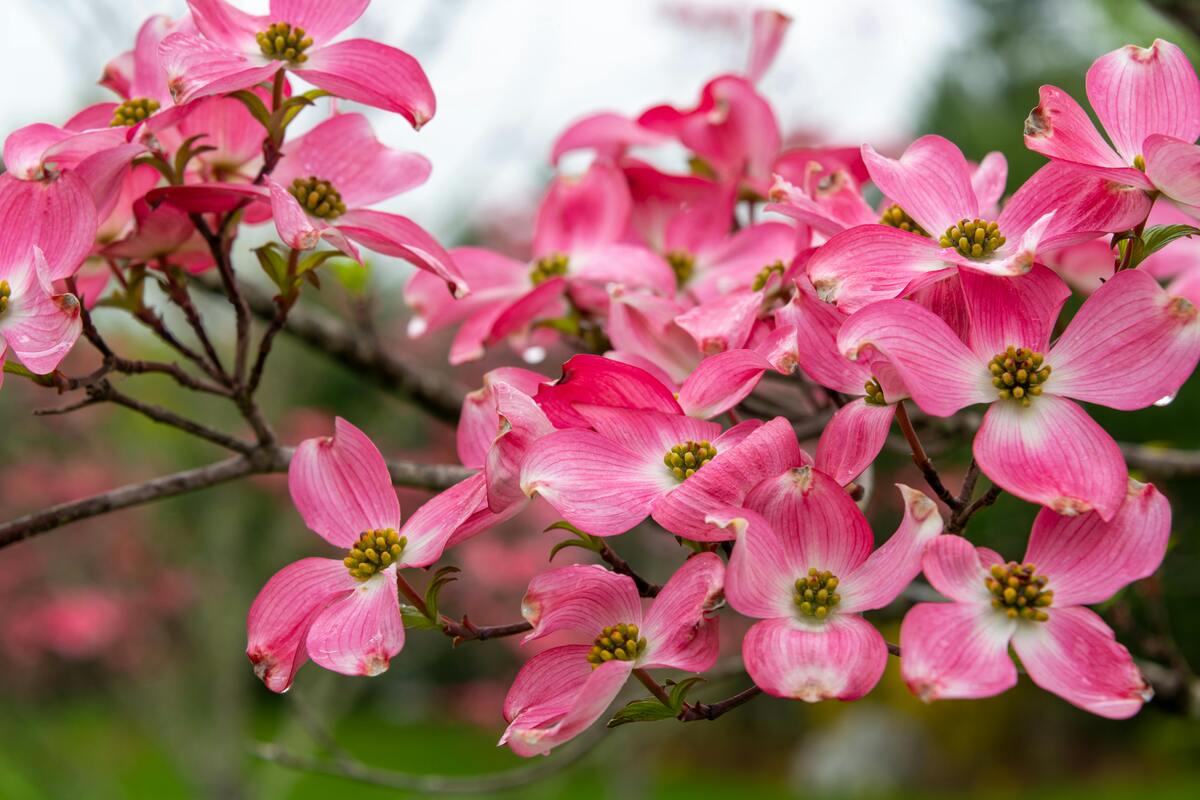
Shade trees offer tremendous benefits. The first is obviously shade. Then, there’s beauty and privacy. If you’ve spent a lot of summers in Charlotte, you’re no stranger to the cooling benefits of a big shade tree.
When it comes to planting shade trees, Mecklenburg County Extension agent Steven Capobianco has some advice. “Pick one that’s healthy and plant it properly,” he says. He also suggests would-be-tree-planters “read the label,” and reach out to your extension agency if you have any questions.
If you’re ready to plant a few shade trees of your own, here are some of the best trees to plant in Charlotte.
Elm Tree
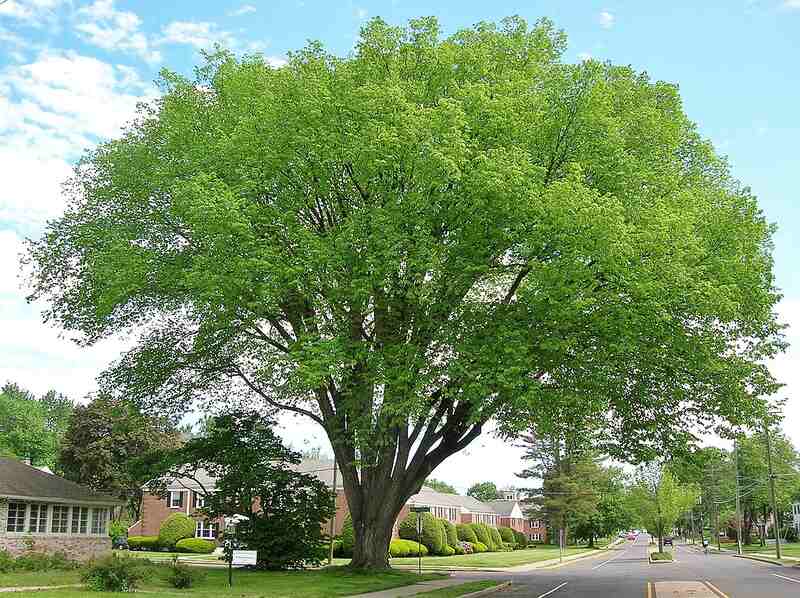
Dutch elm disease wiped out many of North America’s elm trees in the 1930s. Thanks to newer, disease-resistant varieties, they’re on the rebound. If you’re planting one, be sure to choose a disease-resistant type.
These stately trees are huge and can grow to a height of 100 feet. They’re best suited for large properties. These are hardy trees and can live for more than 300 years.
Flowering Dogwood
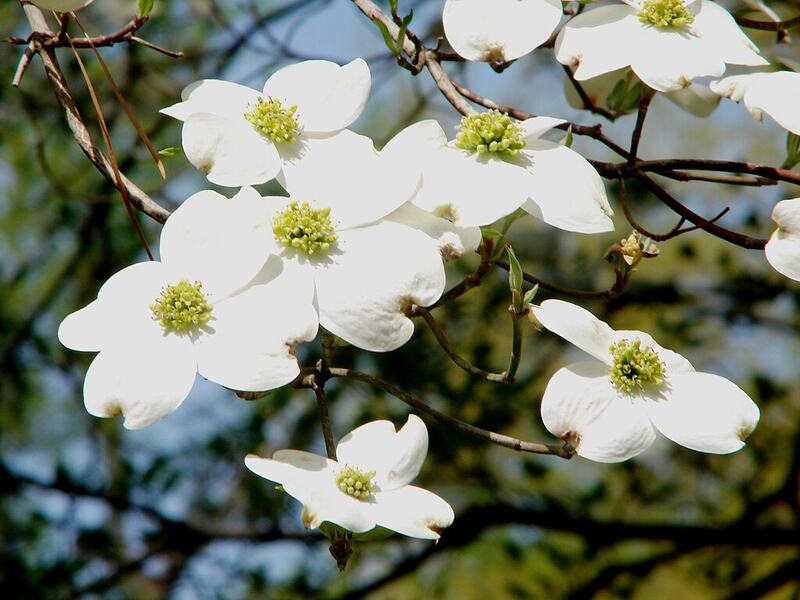
North Carolina’s state flower (pictured above) happens to grow on an excellent shade tree. Flowering dogwoods are known and loved for their gorgeous pink or white spring blooms. These trees grow from 10 to 25 feet tall, at a growth rate of more than 12 inches a year.
Leaves are green in the summer and crimson-purple in the fall. They like partial sun and well-drained soil. You may need to water them during the summer and fall, especially during hot and dry stretches.
Lipan Crape Myrtle
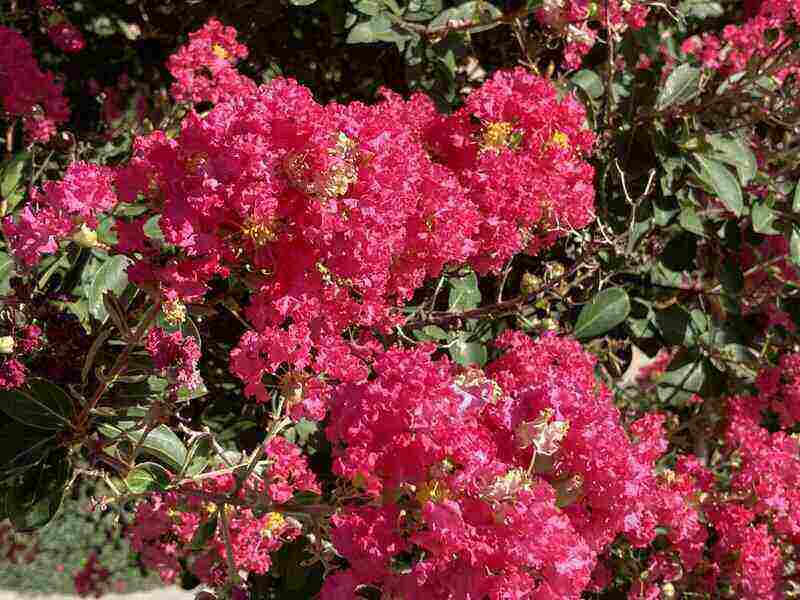
Crape myrtles are summer bloomers, adding color to your landscape when other tree blossoms are long gone. The petals of the flowers look like crepe paper, hence the name.
The Lipan Crape Myrtle is a smaller shade tree, growing up to 15 feet high and 10 feet wide. It grows quickly at 1 to 2 feet a year. Its long-lasting summer blooms are purplish-pink. The leaves turn a spectacular orange-red color in the fall. This variety grows well in full sun and is heat and drought-tolerant.
Red Maple
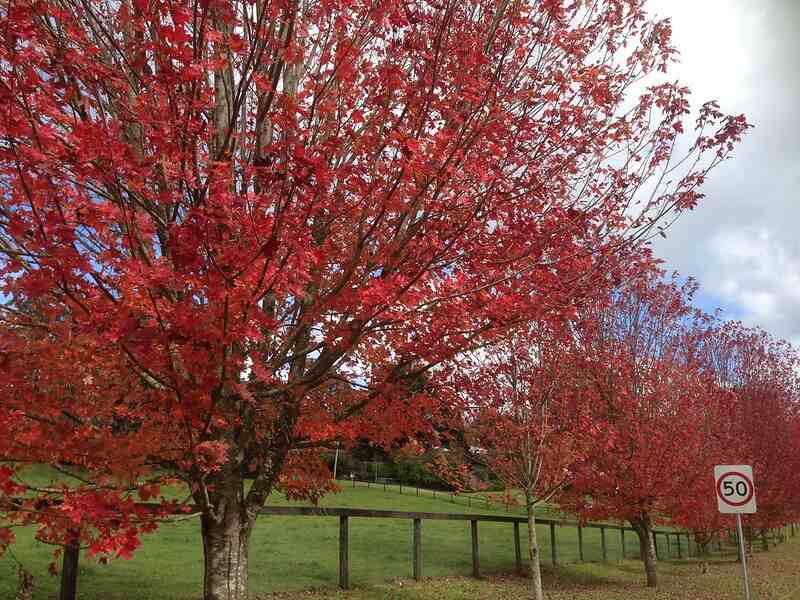
The red maple tree is a standout because of its blazing red or orange fall color. It’s one of the most common deciduous trees in the eastern U.S. It’s also one of the most popular.
“You plant it, it grows quickly, and it’s affordable,“ Capobianco says. This tree is low maintenance, grows well in many different types of soil, and is disease- and insect-resistant. It grows a foot or two each year until it reaches about 40 feet.
River Birch
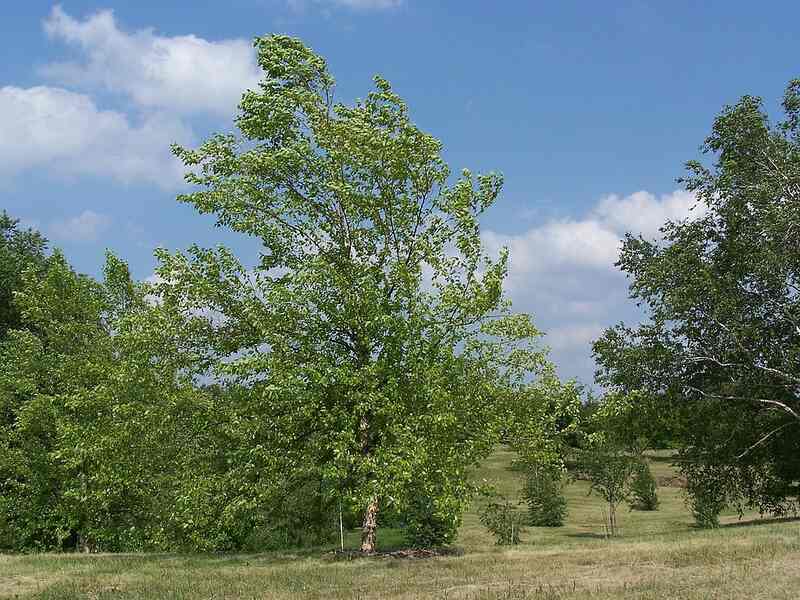
River birch trees are more heat-tolerant than other types of birch trees. They stand out in a landscape because of their peeling bark. You’ll find them in abundance along river banks in the wild.
They prefer wet soil but will grow well in a variety of soil conditions. This is a large tree, reaching heights of 40 to 70 feet and widths of 40 to 60 feet. Like other trees on this list, they grow quickly, ranging from 13 to 24 inches a year.
Nuttall Oak
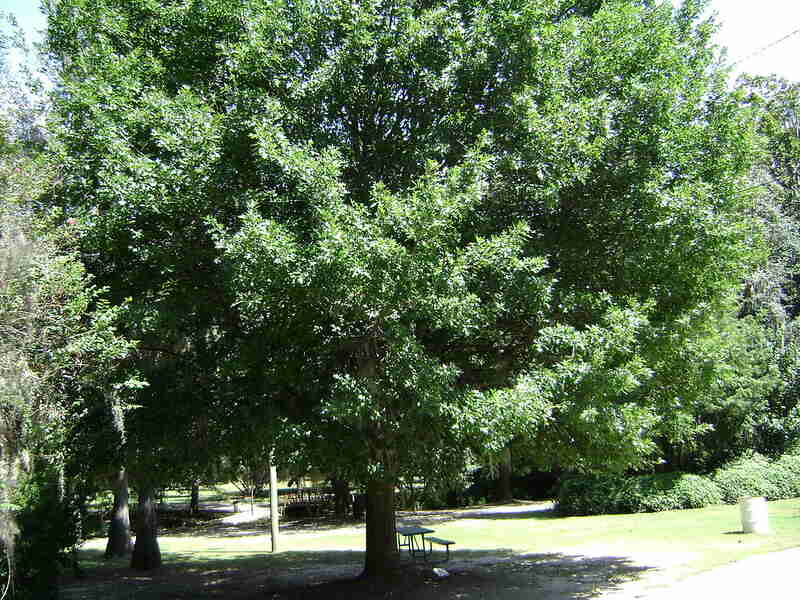
This fast-growing oak tree grows more than 24 inches a year. You’ll need a lot of space for this tree. It can grow up to 60 feet tall and 50 feet wide. That’s a lot of shade!
Landscapers and homeowners like it because of its round shape and brilliant red foliage in the fall. It likes full sun, grows in many different soil conditions, and is moderately drought-tolerant. Nuttall oaks produce acorns, but you’ll have to wait 10 to 12 years for a full crop.
There are more benefits to planting trees than producing shade. Besides sprucing up residential and urban landscapes, they clear the air by absorbing carbon dioxide, a greenhouse gas. In turn, they produce oxygen, which we need to survive.
Trees create wildlife habitats and reduce stress by connecting us with nature. Plant the trees on this list, and you’ll get the added bonus of having a cool place to sit in the shade.
Talk to a Charlotte landscaping expert if you need help selecting plants for your landscape. LawnStarter can connect you with passionate lawn care and landscaping pros with helpful advice.
Steven Capobianco is a horticulture agent with the Mecklenburg County Extension office. He enjoys teaching people how to grow their own food, even in small spaces.
Main Photo Credit: Pink Flowering Dogwood. Pexels